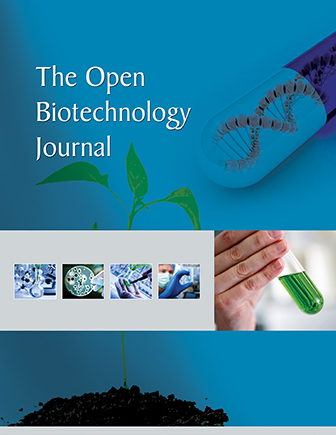All published articles of this journal are available on ScienceDirect.
Evaluation of Oil Quantities in Oleaginous Filamentous Fungi in UAE Wetlands: Potential Precursors of Next-Generation Biofuel
Abstract
Background:
Several studies have suggested that the next-generation biofuels could be produced from the lipids stored by oleaginous fungi. In these microorganisms, lipids are stored as triglycerides (biofuel precursors) converted to fatty acid mono alkyl esters. Fungal growth is very fast and is not impacted by seasonal, climate, and space variations as opposed to plants and animals. Fungi from mangrove ecosystems have not significantly been studied for oil production despite being the second largest group of marine fungi.
Methods:
In the present study, we have analyzed soil samples from mangrove wetlands in Ras Al Khaimah, United Arab Emirates (UAE), for the presence of oleaginous fungal species. We have further characterized the isolated fungi through visual identification and assessed their oil content by gravimetric analysis. In addition, lipid accumulation was examined under fluorescent microscopy.
Results:
A. flavus was estimated to accumulate 25.21% (w/w) while A. niger accumulated 24.34% (w/w) of their dried biomass as lipids.
Conclusion:
The percentages of oil content of the filamentous fungi, A. flavus, and A. niger indicate that these microorganisms are promising sources of next-generation biofuels.


